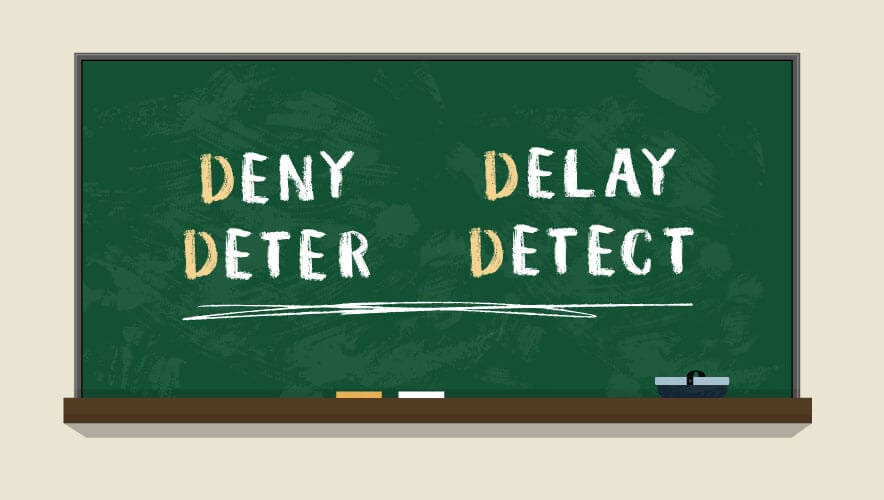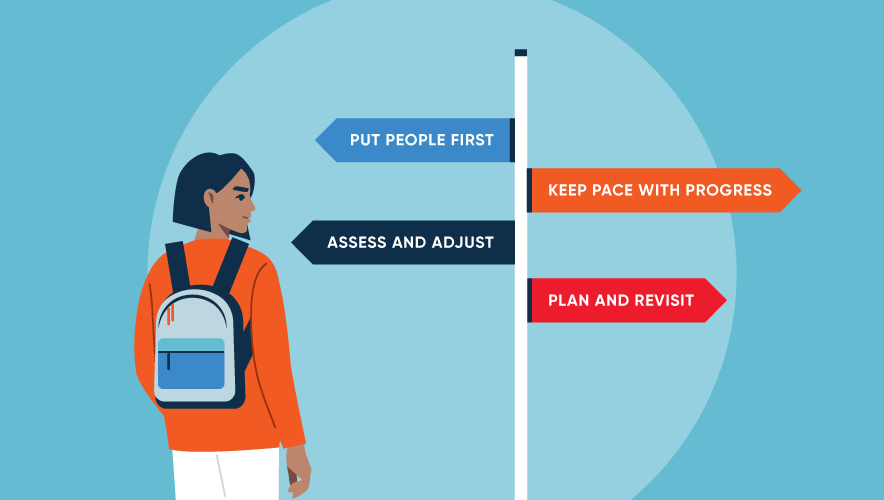

Focus on School Security and Early Intervention
How Crisis Intervention Informs Proactive Security in Schools
Many students experience a variety of stressors and might feel isolated or unsupported—potentially turning that struggle into a grievance. While the vast majority will never pose a danger to a school, they are still going through some type of crisis. This could create disruptions in classes, unintentionally place the student in an unsafe situation, or make their peers and teachers feel unsafe.
This highlights the need for security personnel to have training in crisis intervention.

Opening the Conversation to Code-Compliant School Security

Weighing Development in K-12 Behavioral Risk Assessment

Saving Time and Simplifying Processes with Key Cabinets in a Texas School District

Context and Perception Matter in School Security

Editor’s Note: The Hidden Potential of Collaborative Teams

Strengthening Schools: A Look at K-12 Security Layers and Emergency Preparedness

Navigating the Challenges of K-12 Safety with Technology and Design

Fast Facts: 4 Student Behavioral Changes That Spark Concern

School Principals Band Together to Offer Support After School Violence

A New Approach to Early Detection and Privacy in School Security
